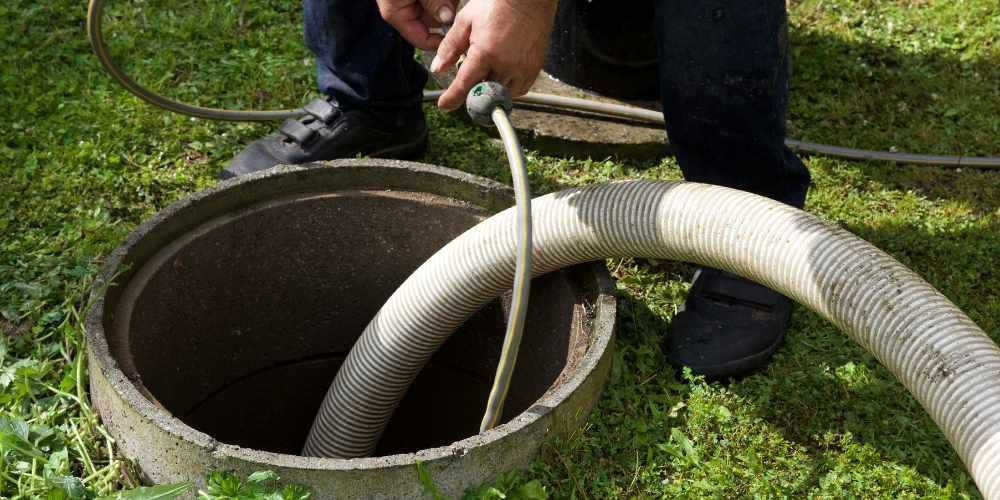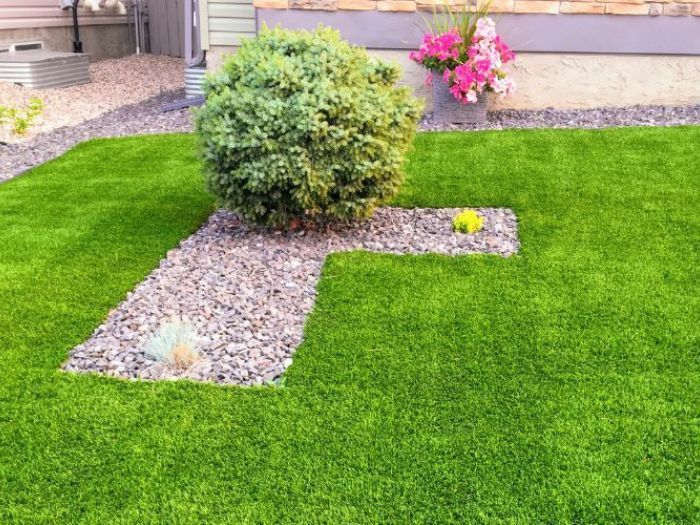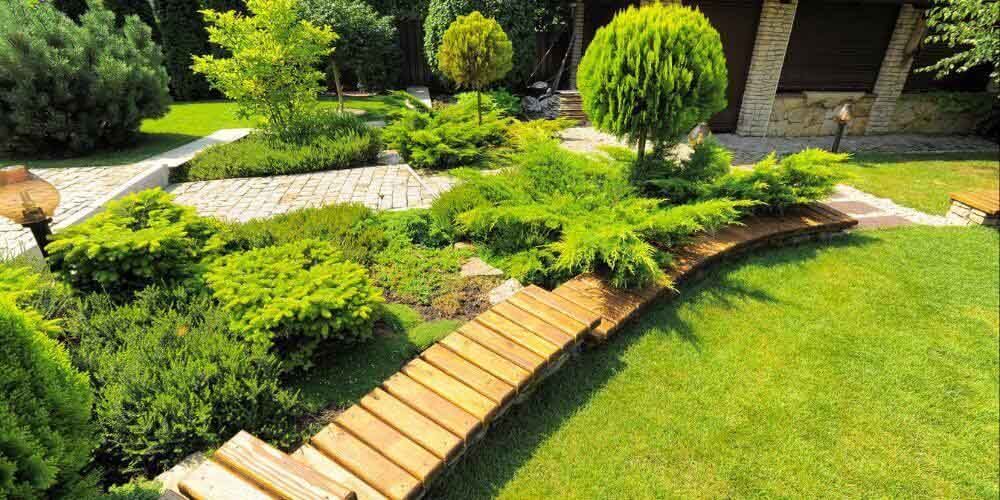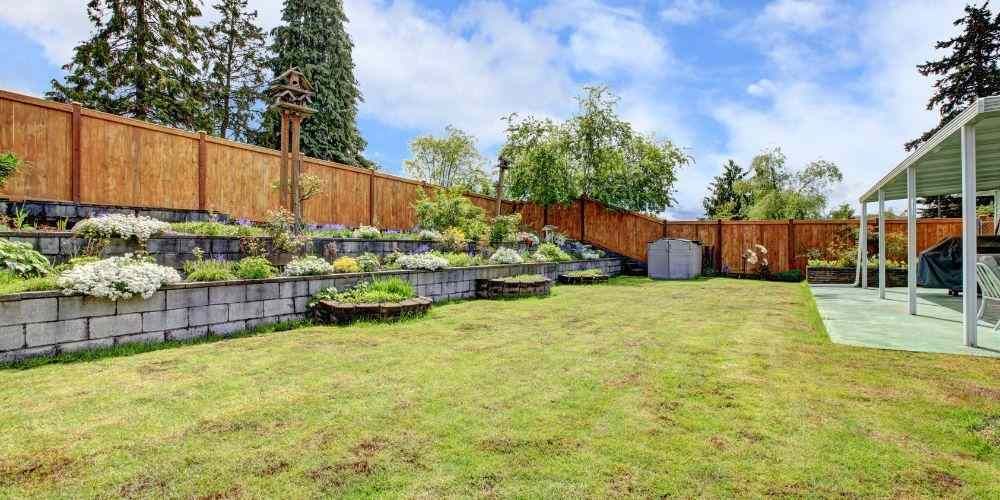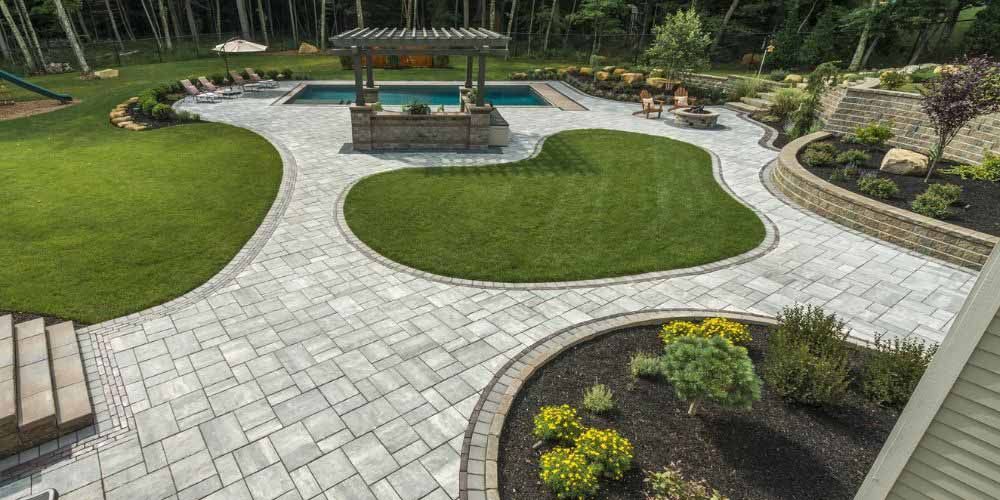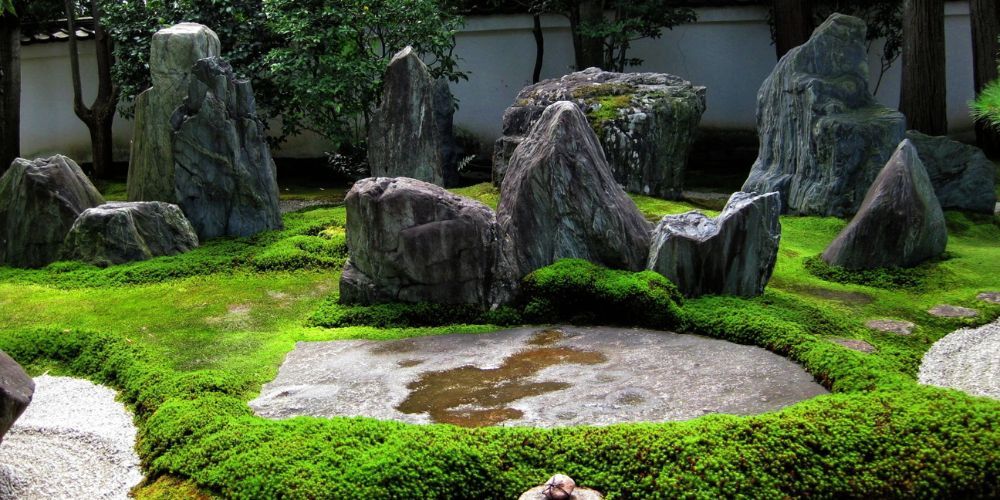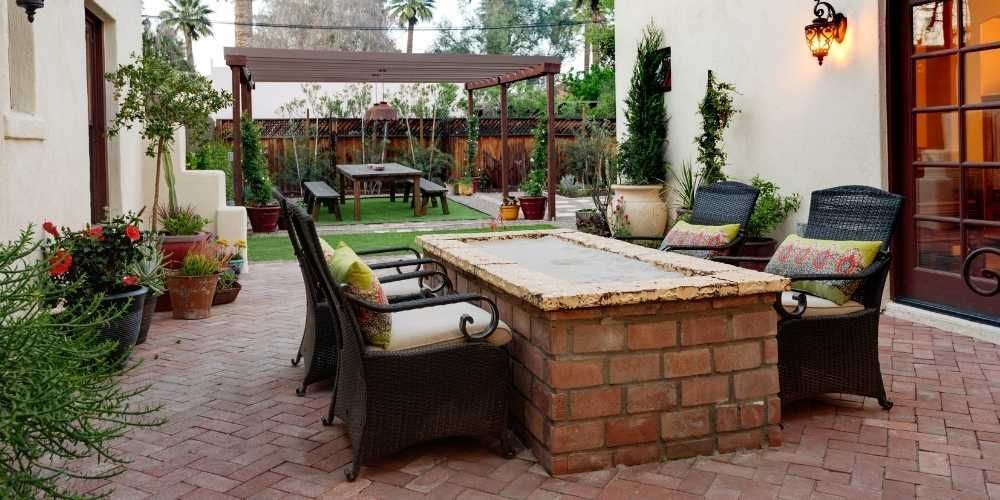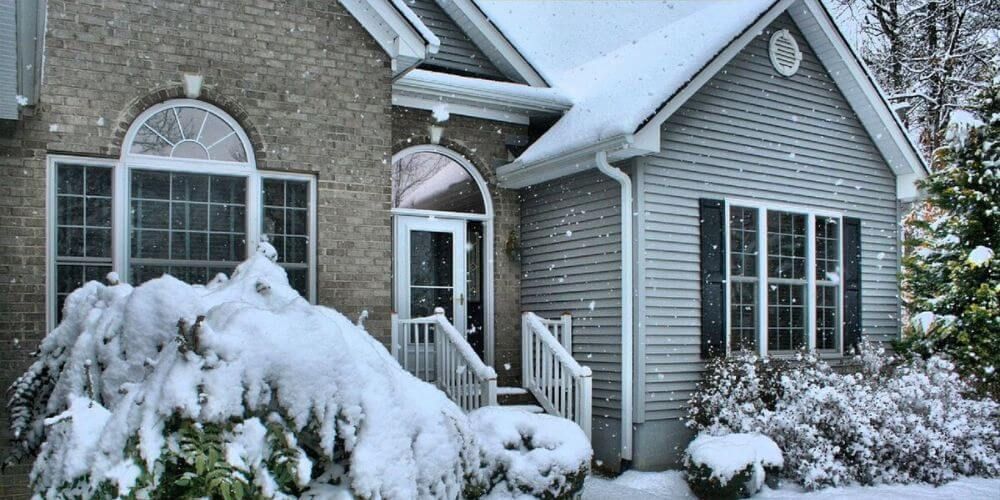Why is Landscape Drainage Important for Your Home
The care your yard receives for maintenance creates both aesthetic appeal from the street and sustains the proper well-being of your exterior. The correct management of drainage in landscaping remains a vital factor that many ignore. Without proper drainage systems, your property becomes exposed to the risks of water accumulation, which leads to both soil degradation and destructive damage to buildings.
Understanding landscape drainage concepts and using proper solutions will help both homeowners and property managers avoid repairs while maintaining the perfect condition of their yards.
Assessing Your Landscape's Drainage Needs
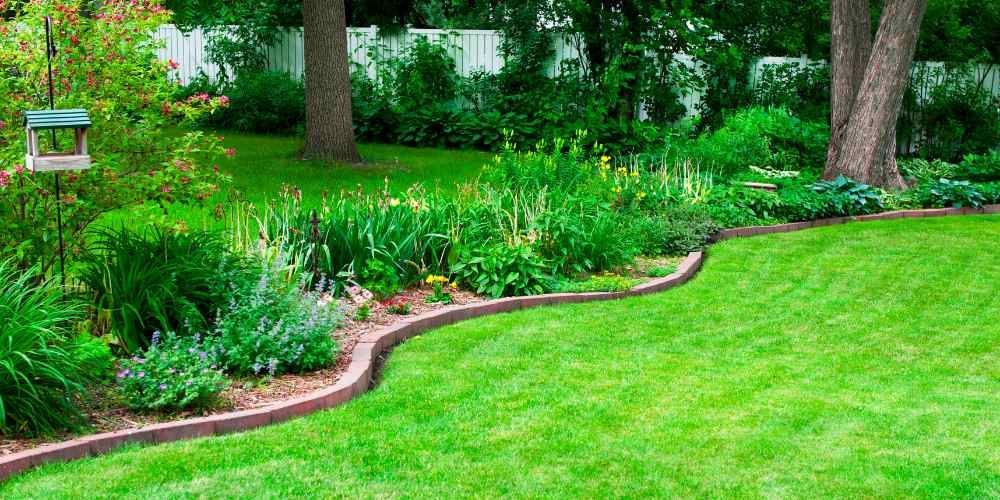
Proper drainage evaluation must occur before starting any drainage solution implementation. Damp, pooled water, and wet soil adjacent to the foundation indicate drainage problems. Watching your yard and consulting with a drainage expert will help you find damaged zones and decide on the best drainage strategies.
When evaluating drainage, it is important to examine four critical elements:
- Natural slope and grading of your yard
- Soil composition and water absorption properties
- Locations where water pools or stagnates
- The condition of the downspouts that divert water from structures.
Residents who identify these factors are better prepared to implement proactive strategies to enhance drainage in their landscapes and safeguard their outdoor areas.
Also Read:
How To Fix Standing Water in Your Yard?
Essential Techniques for Landscaping for Drainage
The next step involves practicing drainage techniques for your landscape after you identify its drainage problems. The following three strategies enable landscape drainage contractors to control water pooling:
Grading and Slope Management
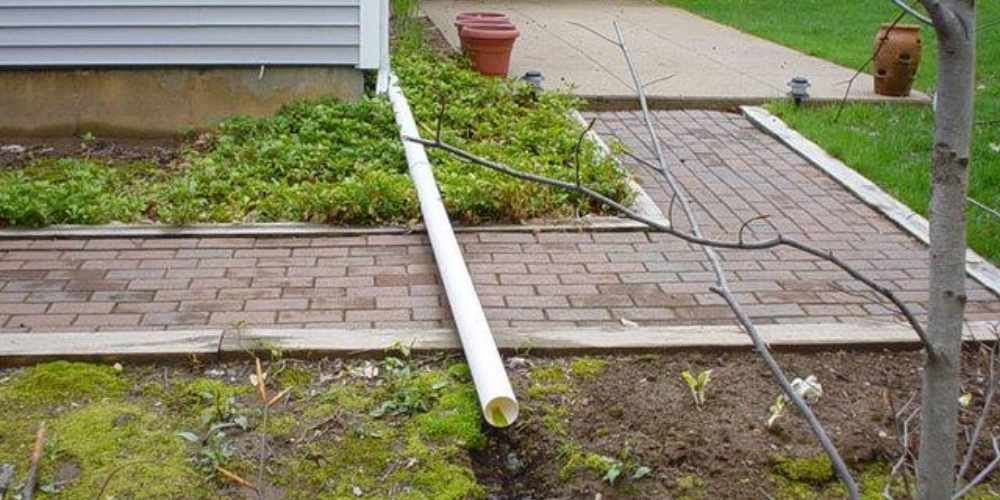
Drainage effectiveness in landscapes requires correct grading practices as their base foundation. A correctly graded natural landscape should redirect water from your home foundation and other construction elements. The appropriate grading adjustment enables proper water flow guidance to drainage zones instead of accumulating at undesired locations.
Yard drainage specialists implement multiple techniques for their work.
- Special terrain contours should be built to direct runoff flow.
- This drainage technique involves placing shallow ditches, or swales, to guide water through settings.
- Preserving sloped property surfaces from erosive damage requires the installation of retaining walls and terraces.
Installation of Drainage Systems

Drainage systems represent the most effective solution whenever drainage issues continue to occur in a yard. Some common options include:
- A French Drain includes a perforated pipe in a gravel trench to move water out of difficult zones.
- Catch Basin devices gather surface moisture before sending it away from specific areas to avoid water accumulation.
- Underground storage containers named dry wells enable the slow entrance of water into the surrounding soil.
A qualified professional from a landscape drainage contracting company will evaluate your yard to recommend the right drainage solution for your home property.
Strategic Plant Selection
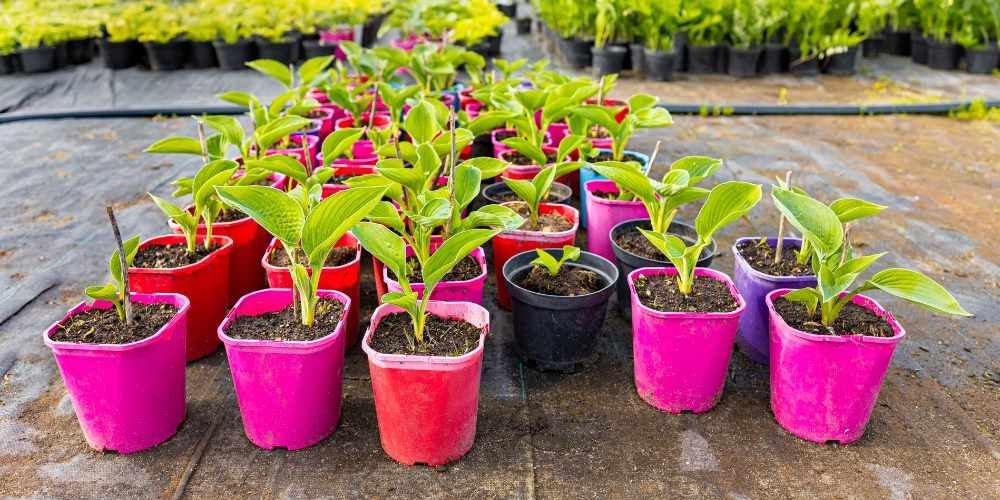
Plants selected strategically will enhance the drainage of landscapes. Soil stabilization occurs with deep-rooted and water-absorbing plants, preventing erosion. Some effective plant selections include:
- Native grasses establish optimal soil stability because they develop deep underground root networks.
- The choice of water-adapted shrubs works best in spots that experience water accumulation.
- Rain gardens include moisture-loving vegetation, which helps naturally absorb excessive water.
Through correctly chosen plants, homeowners can enhance drainage performance yet achieve beautiful outdoor areas.
Common Causes of Standing Water in Your Yard
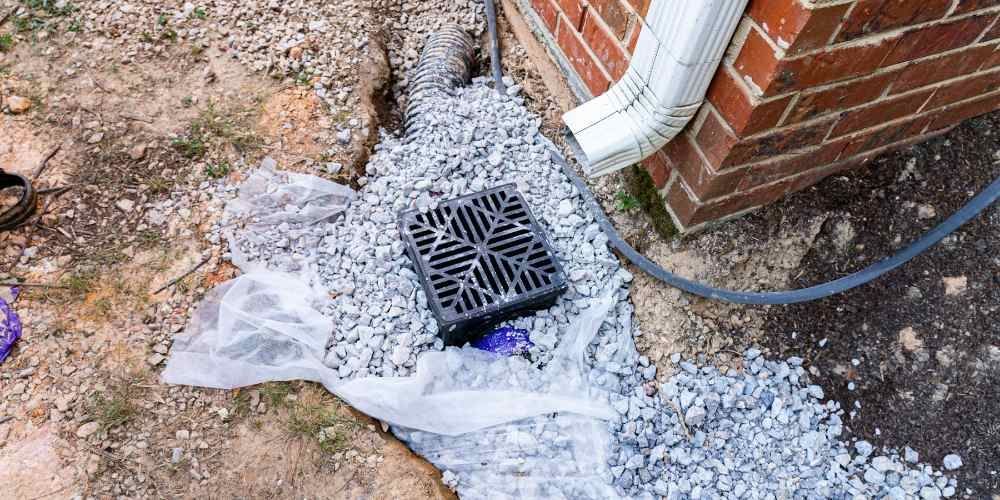
Standing water on residential properties creates three significant property-related issues: it invites mosquitoes, causes root rot, and leaves unpleasant mud areas behind. Several common reasons lead to the occurrence of standing water:
- Mismodeled landscape slopes and flat terrain capabilities hinder water drainage from being effective.
- Heavily compacted soils made from clay prevent soil absorption, resulting in water pooling on the surface.
- A faulty drainage system develops when gutters, downspouts, and drainage pipes become clogged and interfere with water movement.
- Heavy amounts of rainfall create problems for current drainage systems through waterlogged conditions.
A yard drainage specialist will solve your yard water management challenges, achieving better drainage outcomes.
Drainage Maintenance and Long-Term Care
Sustainable landscape drainage needs continuous maintenance to achieve enduring performance. Homeowners must actively work to maintain proper drainage system performance.
Regular Inspection and Cleaning
Drainage system blockages only prevent standing water and flooding when owners conduct routine inspections and cleaning exercises. The accumulation of debris in gutters and downspouts causes water to overflow and creates foundation soil erosion problems. The performance of French drains and catch basins decreases when they become obstructed. Correct system performance can be checked by conducting examinations both right after heavy rain events and through seasonal checks. An ongoing drainage system problem requires professional intervention from specialists to execute complete maintenance that safeguards your property's integrity and prevents drainage system inefficiencies throughout the year.
Soil and Mulch Management
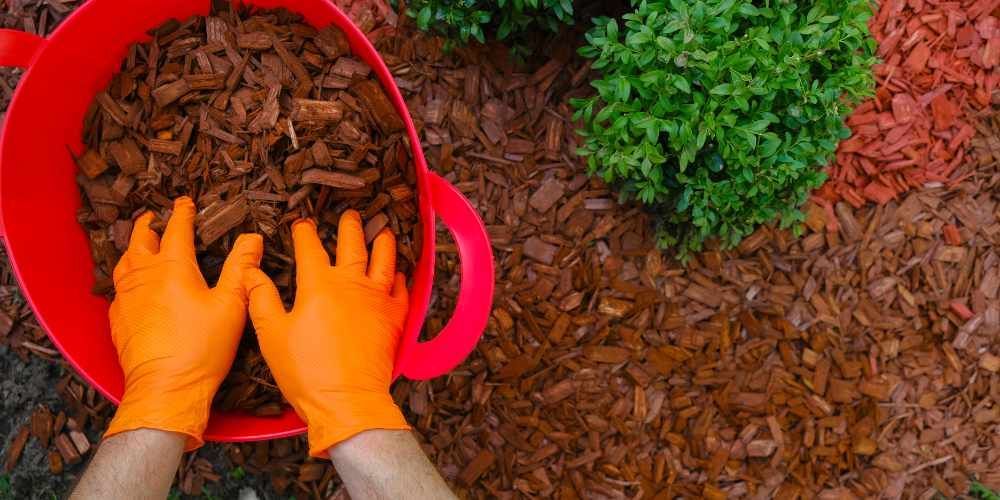
The soil makeup contributes to landscape drainage speed, with correct maintenance practices enhancing water absorption. The water retention properties of compacted or clay-heavy soil cause water to pool. Soil drainage becomes better when you aerate the ground structure while adding organic materials such as compost or sand. Mulch protects against water loss while maintaining moisture control. Still, users must keep the thickness to a maximum of two to three inches to stop obstructing water infiltration into the ground. Cared-for soil and mulch layers ensure the productive growth of plants while maintaining good drainage to support operational and visual quality in your yard.
Professional Assistance
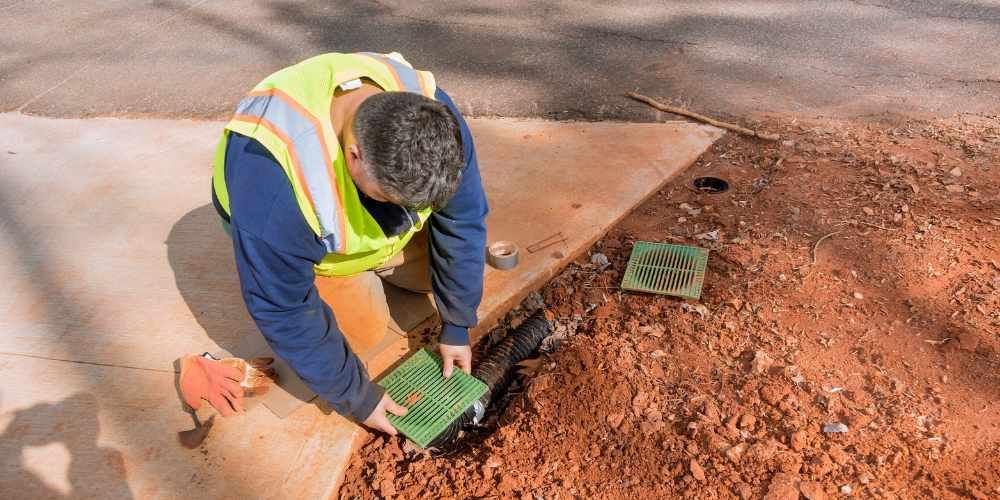
Implementing complex drainage systems requires professional landscape drainage contractors who will establish suitable solutions and maintain them properly. These professionals possess specialized knowledge and machinery that allow them to manage large-scale drainage projects efficiently.
Also Read: Common Drainage Solutions for Your Home and Yard
Landscape Drainage – Why It Matters for the Health of Your Garden
Successful landscape drainage is fundamental for a yard's health and development. Excessive water accumulation can cause severe harm to your landscape, as improper drainage causes soil erosion, plant diseases, and structural damage. Homeowners who implement grading solutions, repair drainage systems, and select appropriate plants can prevent drainage problems while improving their exterior spaces.
Seeking help from an expert yard drainage specialist is the most effective way to control long-term drainage problems. Landtech Scenery Inc. creates drainage solutions that meet each client's requirements. Their landscape drainage contractors work to make your yard dry and functional while preserving its visual attractiveness throughout the year. The expert drainage solutions you need for your yard’s drainage improvement and landscape protection are available from Landtech Scenery Inc. Call now to schedule service.

